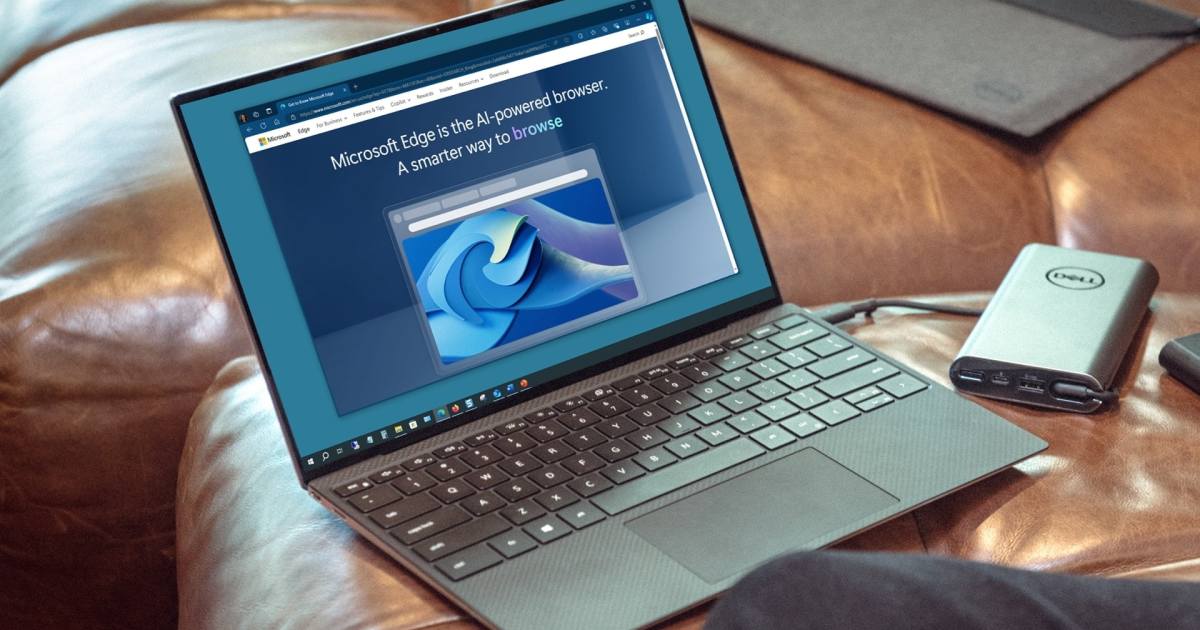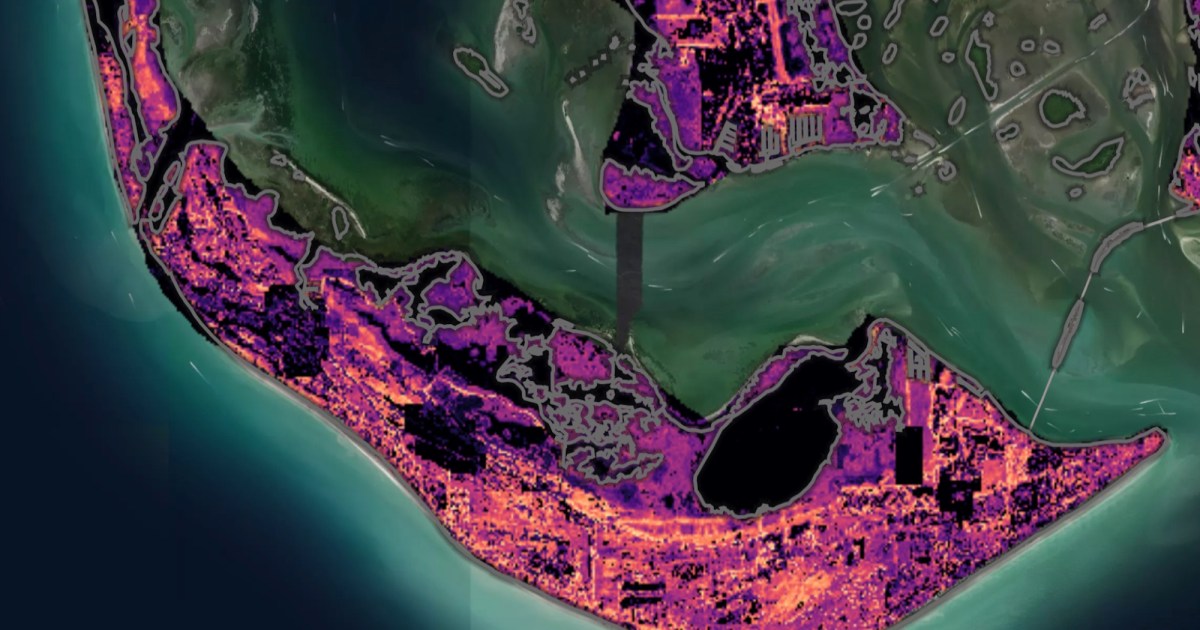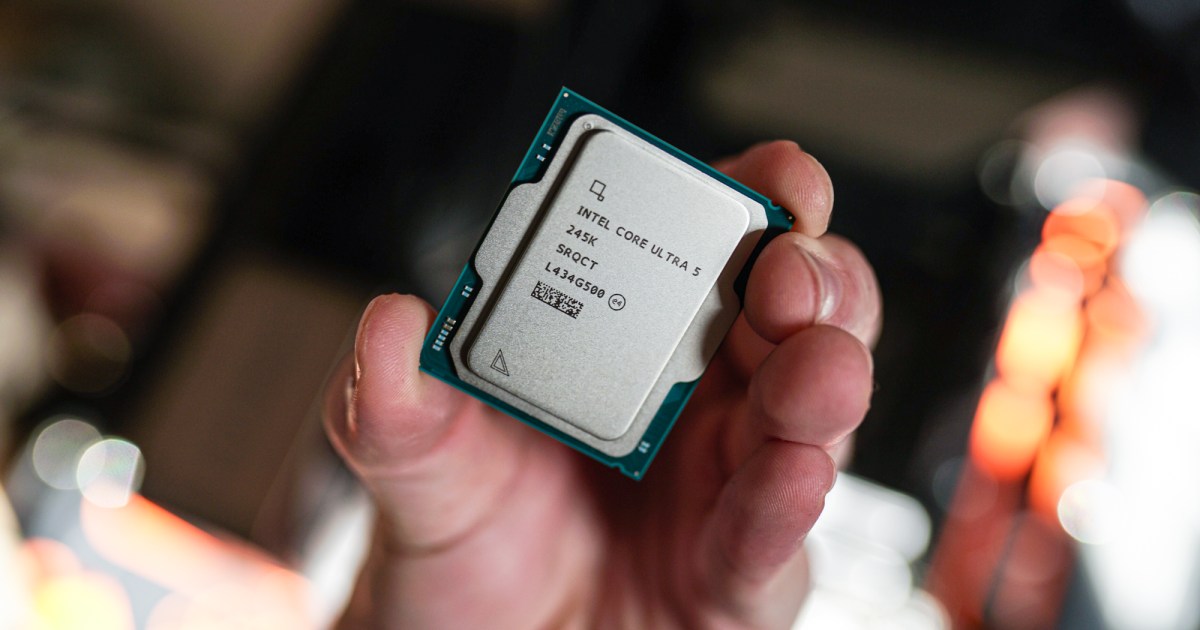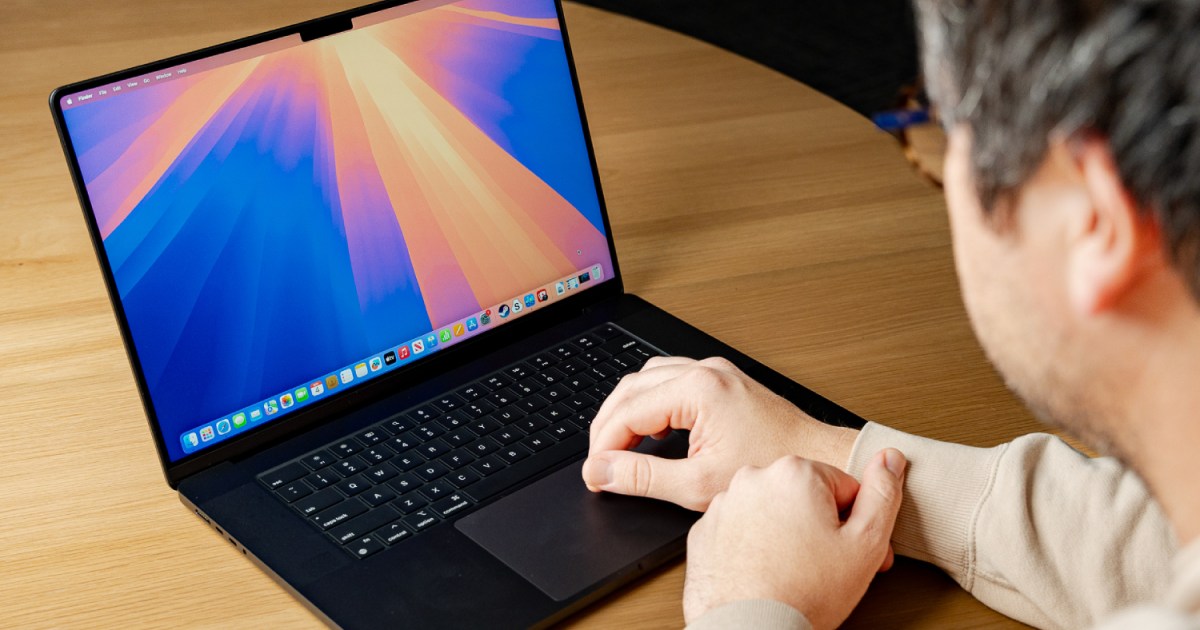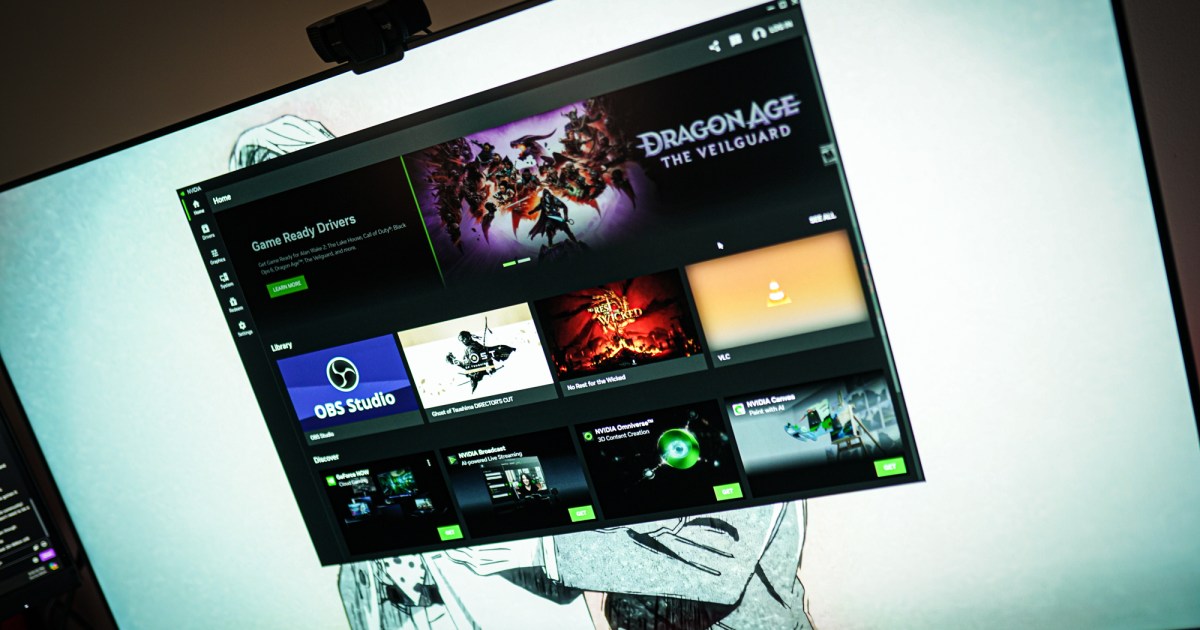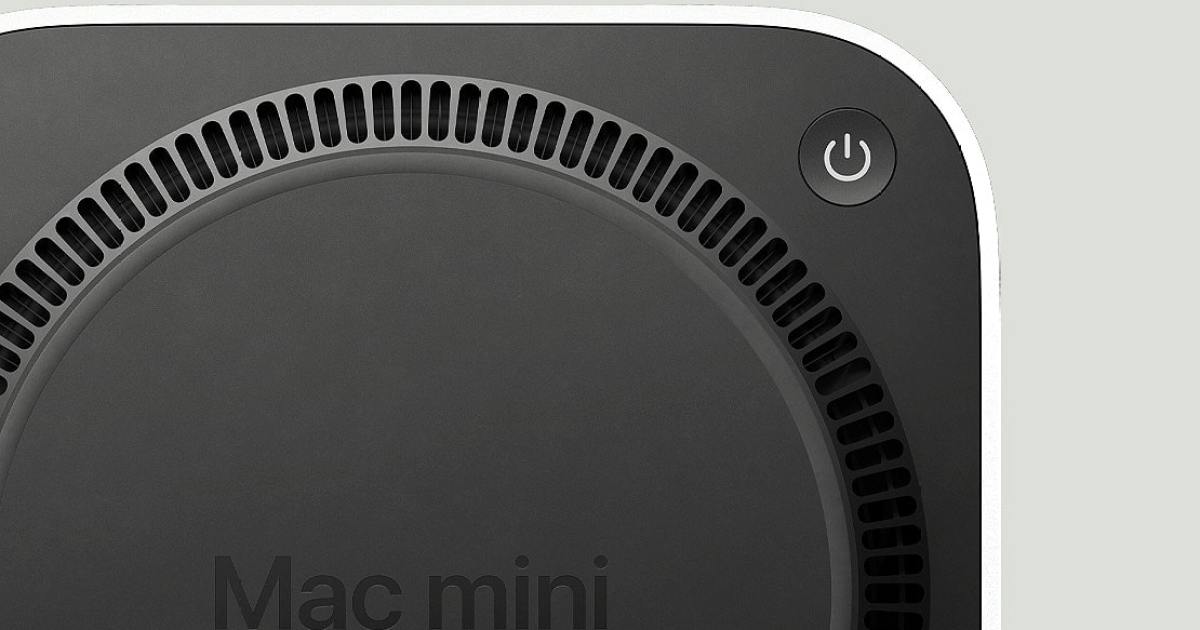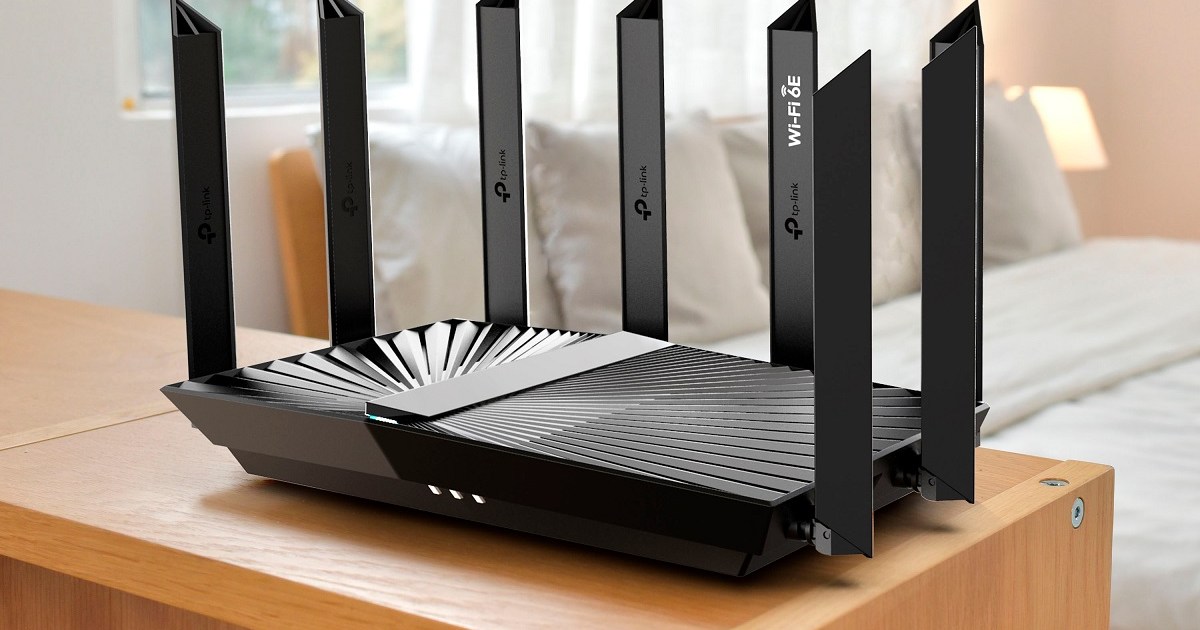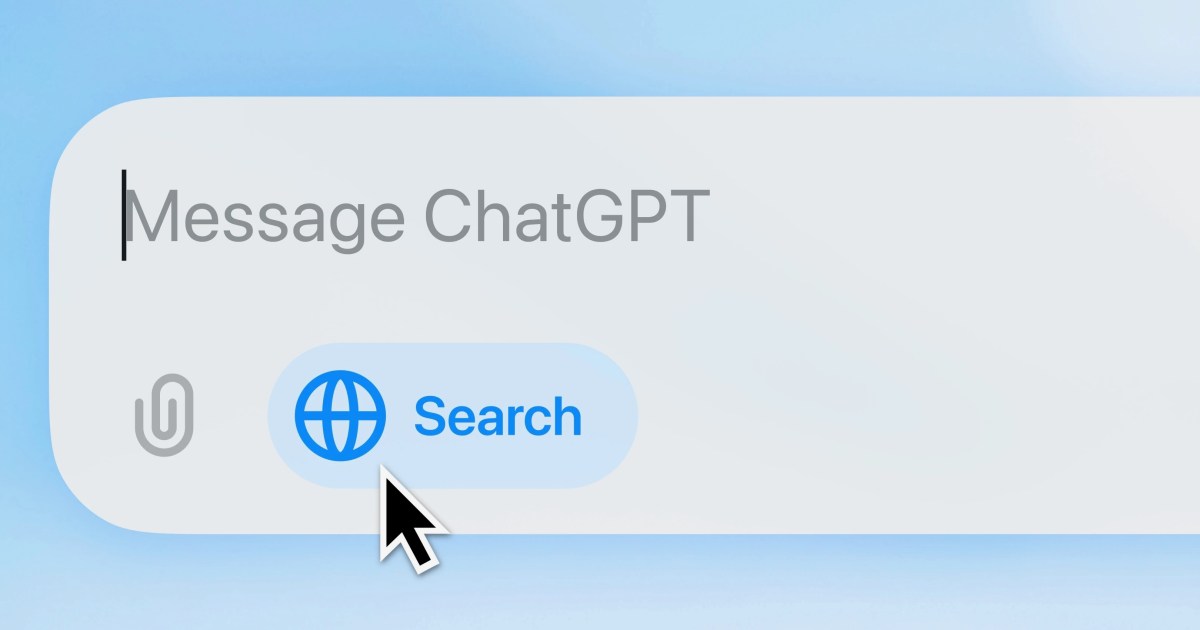Microsoft continues its efforts to entice Windows users to adopt the Edge browser. While some of the more aggressive tactics have been met with resistance, the company persists with new strategies. The latest approach involves automatically launching Edge on startup and prompting users to import data from Chrome, including browsing history, bookmarks, and even active tabs.
This recurring prompt, initially spotted earlier this year by Richard Lawler at The Verge, has reappeared officially. Microsoft’s Caitlin Roulston confirmed this, stating it offers users the choice to import data from other browsers. However, the default setting has the “bring over your data from other browsers regularly” option checked, subtly nudging users towards continuous data migration.
Microsoft’s history with Edge adoption includes several controversial attempts. In 2021, the company faced backlash for making it difficult to change the default browser from Edge. Around the same time, pop-ups appeared within Edge when users navigated to the Chrome download page. Similar tactics have been used repeatedly, including what appears to be fullscreen ads on the Chrome download page.
Even after downloading Chrome through Edge, Microsoft displays a banner proclaiming, “Microsoft Edge runs on the same technology as Chrome, with the added trust of Microsoft.”
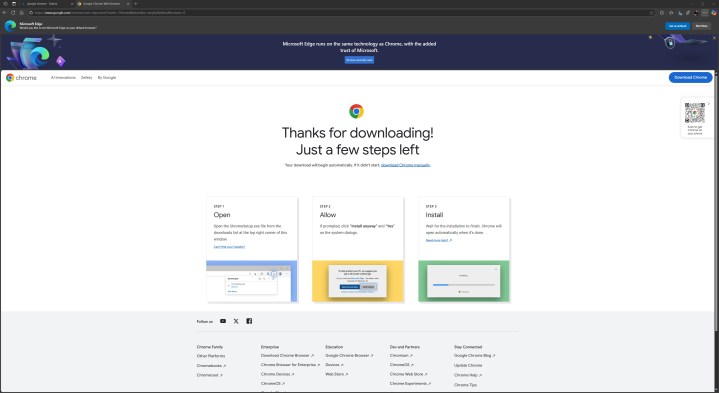 An ad to download Edge instead of Chrome.
An ad to download Edge instead of Chrome.
This new prompt, with its pre-selected data import option and prominent “confirm and continue” button, can lead to ongoing data transfer from Chrome to Edge, even if Chrome remains the default browser. This includes browsing history, bookmarks, and active tabs.
Despite ignoring the pop-up, Edge’s presence remains persistent. Uninstalling Edge on Windows is notoriously challenging, and updates can reinstate it. Furthermore, integral Windows components utilize Edge, meaning features like weather, widgets, and Windows search will still leverage Bing and Edge, even after browser removal.
While tools like MSEdgeRedirect offer workarounds to bypass Microsoft’s insistence, the company has previously disabled similar tools like EdgeDeflector.
In conclusion, Microsoft’s latest tactic to promote Edge involves automatically launching the browser on startup and prompting users to import data from Chrome. This, coupled with the difficulty of uninstalling Edge and the integration of its components within Windows, highlights Microsoft’s persistent efforts to encourage Edge adoption, despite previous user resistance.



